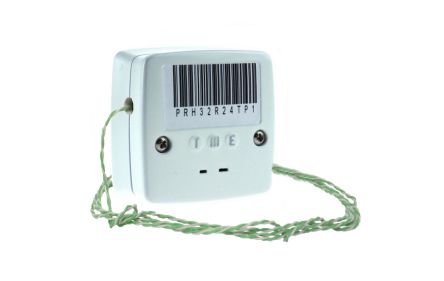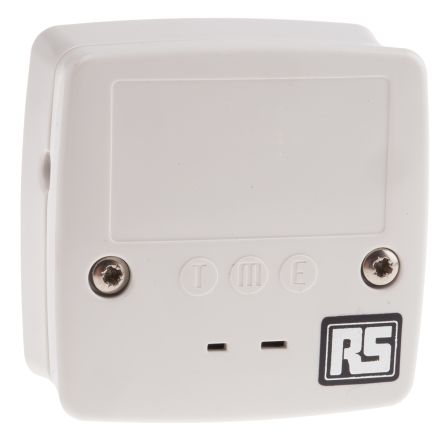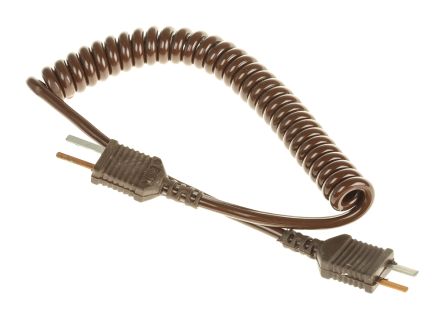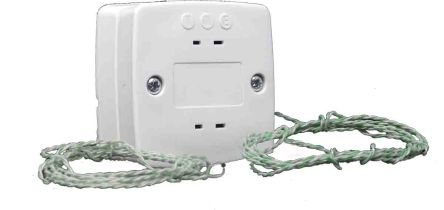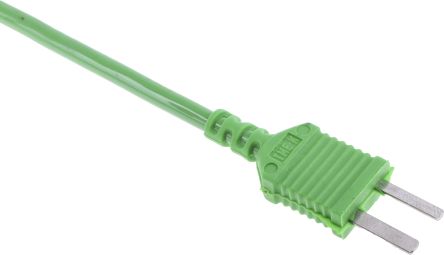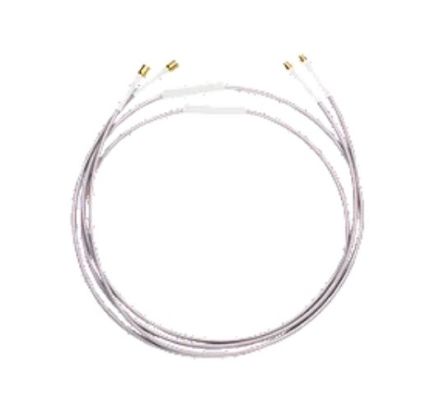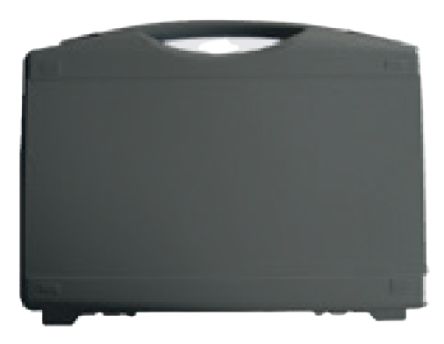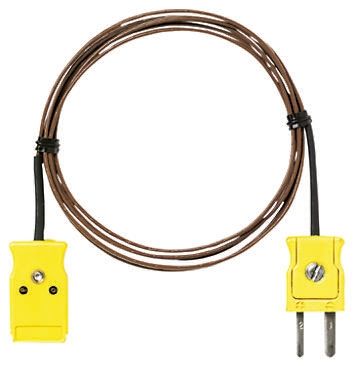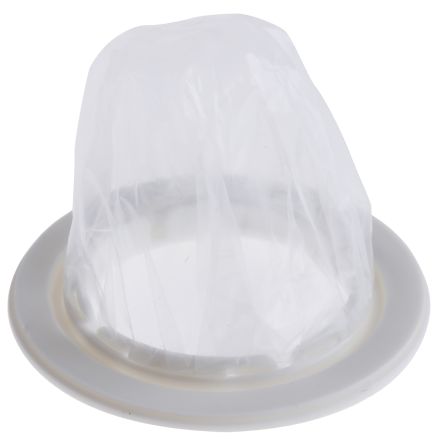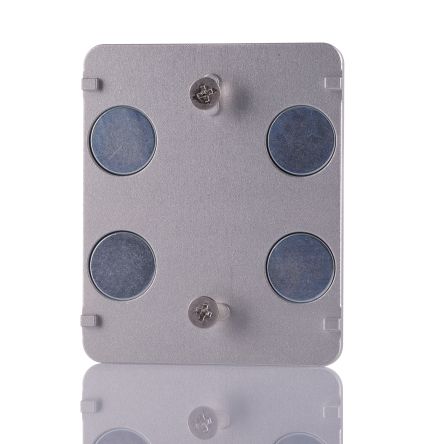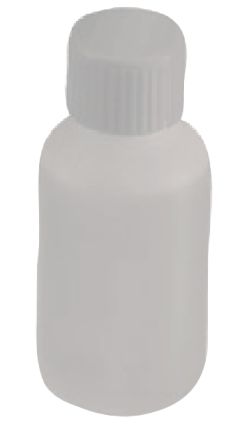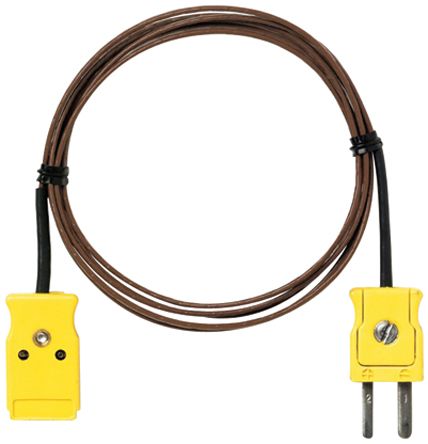- Automation & Control Gear
- Cables & Wires
- Enclosures & Server Racks
- Fuses & Circuit Breakers
- HVAC, Fans & Thermal Management
- Lighting
- Relays & Signal Conditioning
- Switches
- Batteries & Chargers
- Connectors
- Displays & Optoelectronics
- ESD Control, Cleanroom & PCB Prototyping
- Passive Components
- Power Supplies & Transformers
- Raspberry Pi, Arduino, ROCK, STEM Education & Development Tools
- Semiconductors
Temperature Probe Accessories
An instrument for measuring temperature is a temperature probe. Temperature probes measure changes in resistance in solids, liquids, or gases and convert them into useful information for operators.
Temperature probes are placed on surfaces, inserted into objects, or submerged in liquids to measure temperature changes.
Since every application is different, temperature probes are often custom-made and can be customized, so that different types of temperature probe accessories can be used for different applications, such as connection, cable length, and other specifications that can be adjusted so that they are well suited to the application. Accessories for temperature probes are offered by RS for easier installation and connection.
Types of temperature probe accessories
1. Wall port
Wall Ports are sensors that monitor the thermocouple temperature on the wall. With the thermocouple miniature socket, thermometers and thermocouple probes can easily be connected.
Benefits
- Easy to mount
- All standard thermocouples, thermometers, and probes are compatible with this product.
- Checks of up to 20-metre test points that are difficult to reach.
2. Thermocouple extension cable
A thermocouple extension cable consists of two conductors, each of which has a different material - 'RS cables' are most commonly used with Type K thermocouples, where the positive conductor is chrome (NiCr with a green insulation number) whereas the negative conductor is aluminium (NiAl without insulation).
Extension wires are used for extending thermocouple signals from probes back to instruments that read them. Temperature sensors in gas turbines, for example, are common industrial uses of these sensors, as are laboratory and domestic applications as well.
Benefits
- Connects thermocouples to temperature transmitters.
- The main thermocouple leads are also made of the same material.
- Thermocouples of K-type are constructed with this material.
3. Infrared ear thermometer
In clinical settings, body temperatures are routinely measured using infrared ear thermometers, which measure the amount of infrared radiation released by the eardrum during a calibrated period of time. Their simplicity and accuracy make them popular over other types of thermometers, such as oral or rectal thermometers. Infrared ear thermometers have the following benefits:
Benefits
- Temperature readings with infrared ear thermometers can be taken within seconds, making them an ideal choice for children.
- A non-invasive and comfortable way of taking temperatures is to use an infrared ear thermometer.
- In addition to being easy to use, ear thermometers are safe to use on infants and young children of all ages. As a result of their size and portability, they can also be used at home or while on the go.
- With an infrared ear thermometer, you don't need to touch your skin, so you can prevent cross-contamination.
4. Protection sleeves
Protective sleeves help extend the lifespan of temperature probes by protecting them from damage. Temperature readings can also be improved by insulating the probe.
Benefits
- Protection against damage
- Temperature probes can be insulated with protection sleeves, resulting in more accurate readings.
- Increased durability.
Related links
- RS PRO Thermocouple Wall Port with Integral Type K Thermocouple...
- RS PRO Thermocouple Wall Port with Dual Integral Type K...
- RS PRO Wall Port for Use with Thermocouple Probe Legionella
- RS PRO T Type Thermocouple Connection Cable Mini Plug to Mini Plug
- RS PRO Handheld Thermometer & Needle Probe Kit for Food Industry...
- RS PRO 4mm Probe RoHS Compliant Standard
- RS PRO 4mm Probe RoHS Compliant Standard
- RS PRO 6mm Probe RoHS Compliant Standard

